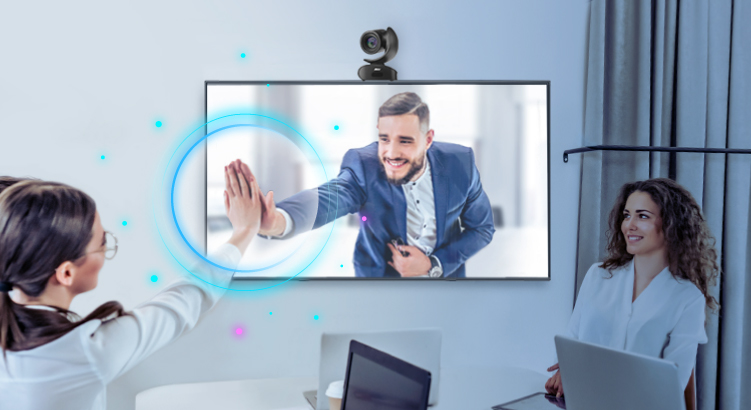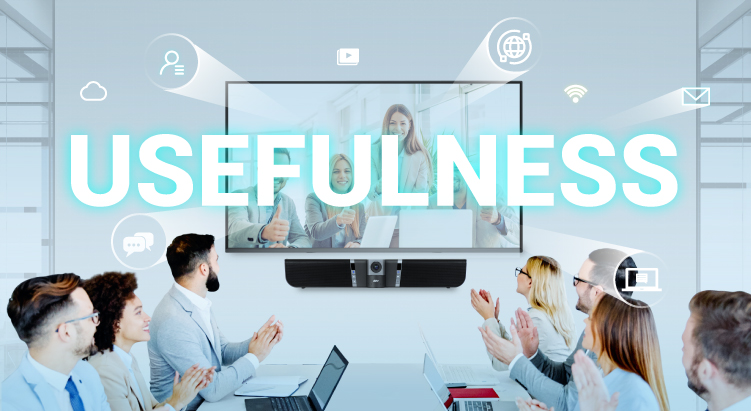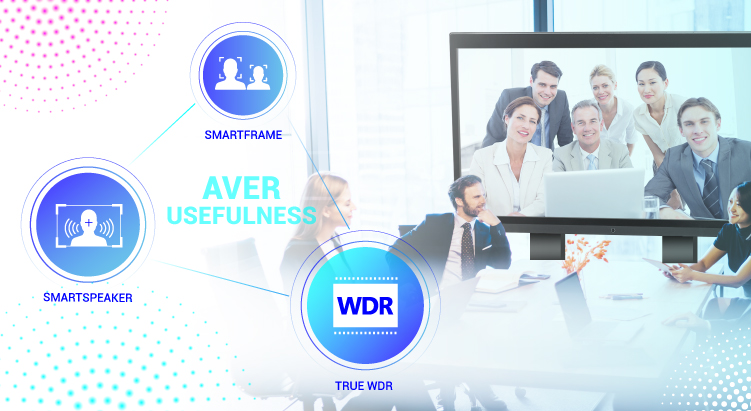For most people, the words “user experience” likely bring to mind software applications and user interfaces, but it’s more than that. According to an Adobe blog post, Donald Norman, the man who coined phrase, said, “I invented the term because I thought human interface and usability were too narrow. I wanted to cover all aspects of the person’s experience with the system including industrial design graphics, the interface, the physical interaction and the manual.”
With that definition in mind, consider interaction design expert Peter Morville’s UX honeycomb, which indicates that designers should ensure a product is useful, usable, findable, credible, desirable, accessible, and valuable before declaring it to deliver a quality user experience.
Here at AVer It’s our job to sell video conferencing as an essential business experience, and an integral part of that experience involves "physical interaction” with hardware like cameras and speakerphones. Our peripheral products are thoughtfully designed to help the video conferencing user experience better meet each aspect of the UX honeycomb. We’re going to break these factors down one by one, starting with the usefulness factor.
What is Usefulness?

Usefulness as it applies to user experience basically follows the dictionary definition of the word. Laura Paplauskaite, managing director and UX lead at Bitzesty, says that it is “how valuable the users consider the specific features, functions, and data your product makes available to them.” Also, an item does not necessarily have to be productive to be useful. According to the Interaction Design Foundation, “things can be deemed ‘useful’ if they deliver non-practical benefits such as fun or aesthetic appeal.”
So, almost anything can be useful. Video conferencing is obviously one of those things, but not everyone can see how helpful it can be in their specific situation, and not all solutions are created equally practical.
Usefulness and Video Conferencing

According to Frost & Sullivan, less than 3 percent of the 33.3 million huddle rooms around the globe have video collaboration capability. That super-low number indicates that many companies don’t view video conferencing as useful to their operations. After all, why waste money on expensive video equipment when an audio-only call can accomplish the same amount of communication, right?
Wrong, wrong, wrong!
We’ve spent much of our time here at AVer Experts writing about how adding the visual component to remote meetings is an investment that pays off in spades. You can read a detailed account of how video conferencing simulates in-person trust-building for much-improved employee management, sales, and your bottom line—not to mention the PR goldmine that comes from publicly bragging about your reduced business travel and its positive effect on the environment—right here.
Obviously, video conferencing is useful. The question here is, how do we expand its usefulness? At AVer we have all the tools necessary to creating the ultimate user experience for remote connecting.
AVer Usefulness

AVer solutions embrace versatility and deploy the latest in smart functions and easy management to make video conferencing more useful than it’s ever been. If a user is seeking a secure connection for internal discussions, an AVer on-premise system like the SVC500 with a built-in meeting server gets the job done. If interoperability with cloud communication platforms is the key value proposition, one of our USB plug-and-play options, such as the CAM540 or CAM340+, is ideal. EZManager software adds an extra layer of utility to AVer USB cameras by enabling remote central management from any computer or tablet, with features fine-tuned by end-user feedback.
Smart functionality in products like the VC520 Pro Conferencing System and VB342+ Video Soundbar make video conferencing especially useful. AVer SmartFrame and SmartSpeaker make collaborating at a distance feel like in-person interactions by automatically setting and adjusting the field of view and switching the camera back and forth between multiple speakers. Also, these cameras feature a True WDR sensor, which makes them perfect for spaces with lighting that isn’t optimized for video conferencing.
The developments in camera and audio technology are constantly delivering more usefulness to the video conferencing user experience. Click below to take a closer look at AVer’s useful innovations.